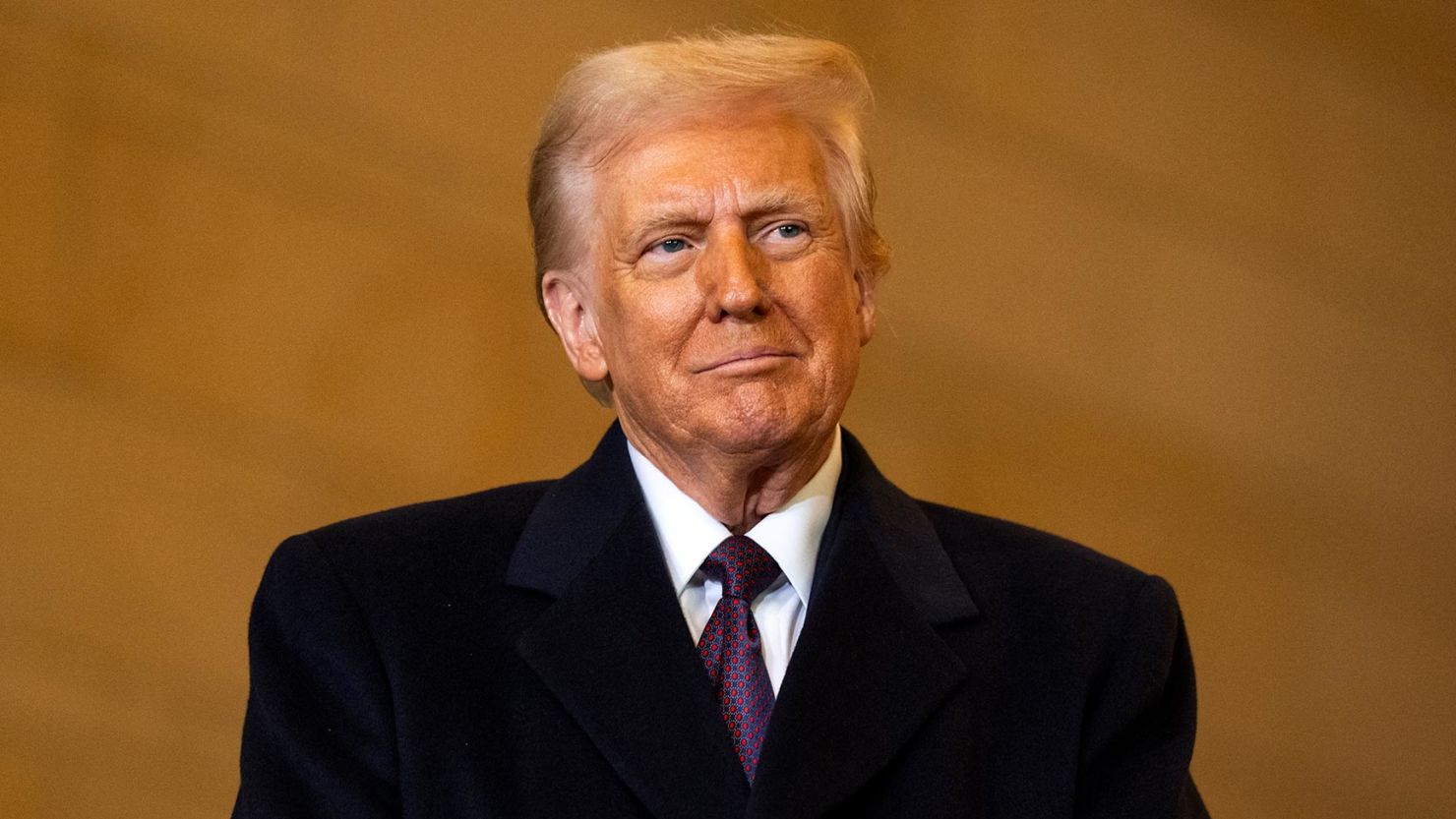Washington — Former President Donald Trump announced on Thursday that he plans to impose steep new import taxes starting October 1, targeting a wide range of products — from life-saving pharmaceutical drugs to kitchen cabinets, upholstered furniture, and heavy-duty trucks.
In a series of posts on his platform Truth Social, Trump laid out the following tariff plans:
-
100% on pharmaceutical drugs
-
50% on kitchen cabinets and bathroom vanities
-
30% on upholstered furniture
-
25% on heavy trucks and parts
These proposals mark a bold continuation of Trump’s long-standing belief that tariffs are the solution to fixing America’s economic challenges — particularly budget deficits, inflation, and the decline in domestic manufacturing.
Yet, many economists and policy analysts are raising concerns. The timing of these tariffs comes as the U.S. economy faces instability: while the stock market remains strong, job growth is slowing, and inflation is on the rise.
Federal Reserve Chairman Jerome Powell recently warned that rising prices for consumer goods — already visible in the data — could become worse. He attributed “most or all” of the inflation uptick this year to goods-related costs, hinting at what lies ahead if tariffs push those prices even higher.
Trump, however, disputes these concerns. He insists inflation is “not a challenge” anymore and that these new taxes will bring jobs back and force companies to build within the United States. Still, data paints a different picture: since April, U.S. manufacturers have shed 42,000 jobs, and construction jobs tied to manufacturing are down by 8,000.
And while Trump claims the tariffs will only affect companies not building plants in the U.S., details remain unclear. Many pharmaceutical giants already operate stateside, and others may find it impossible to shift manufacturing in time. The U.S. imported over $233 billion in pharmaceutical and medicinal products in 2024 alone — prices on some medications could double, impacting not just consumers but also public health programs like Medicare and Medicaid.
Pascal Chan from the Canadian Chamber of Commerce warned that these tariffs could have a devastating effect on the American public — causing insurance strain, hospital shortages, and patients being forced to ration or skip critical medications.
The impact goes beyond health care. Tariffs on cabinetry and furniture may further strain the housing market, where homebuyers already face record-high prices and rising interest rates. The median home price in the U.S. has jumped to $422,600, with buyers citing rising material costs as a key barrier.
Truck manufacturing is also in the spotlight. Trump says foreign-made trucks and parts are “hurting domestic producers” and aims to protect companies like Peterbilt, Kenworth, Freightliner, and Mack Trucks. But industry experts say it’s not that simple — global supply chains are deeply embedded, and costs could quickly trickle down to logistics companies and everyday consumers.
Despite criticism, Trump doubled down on his position, even acknowledging that his previous China tariffs hurt American farmers, particularly those who lost markets for soybeans. He now promises to redirect tariff revenue to aid those farmers, just as he did in 2018–2019.








